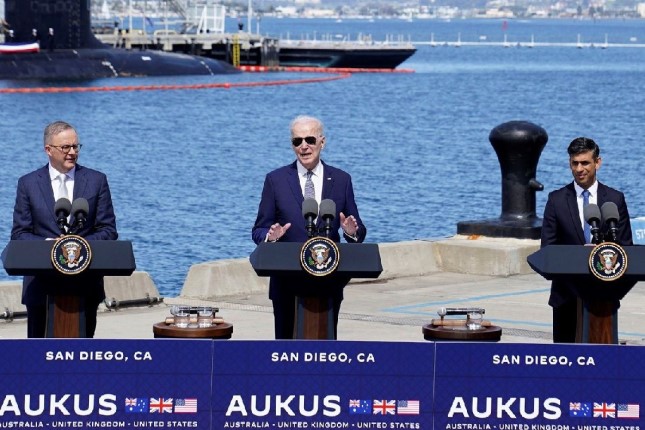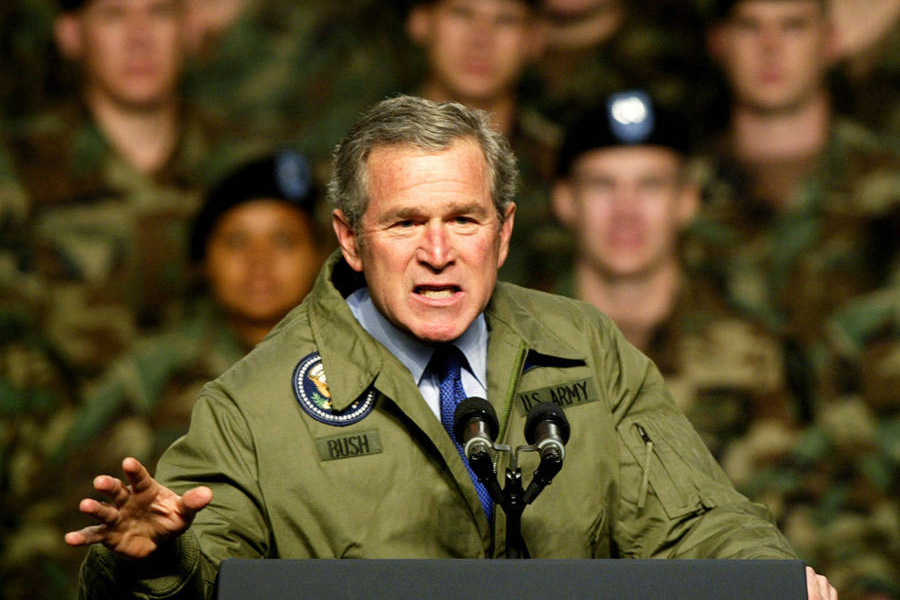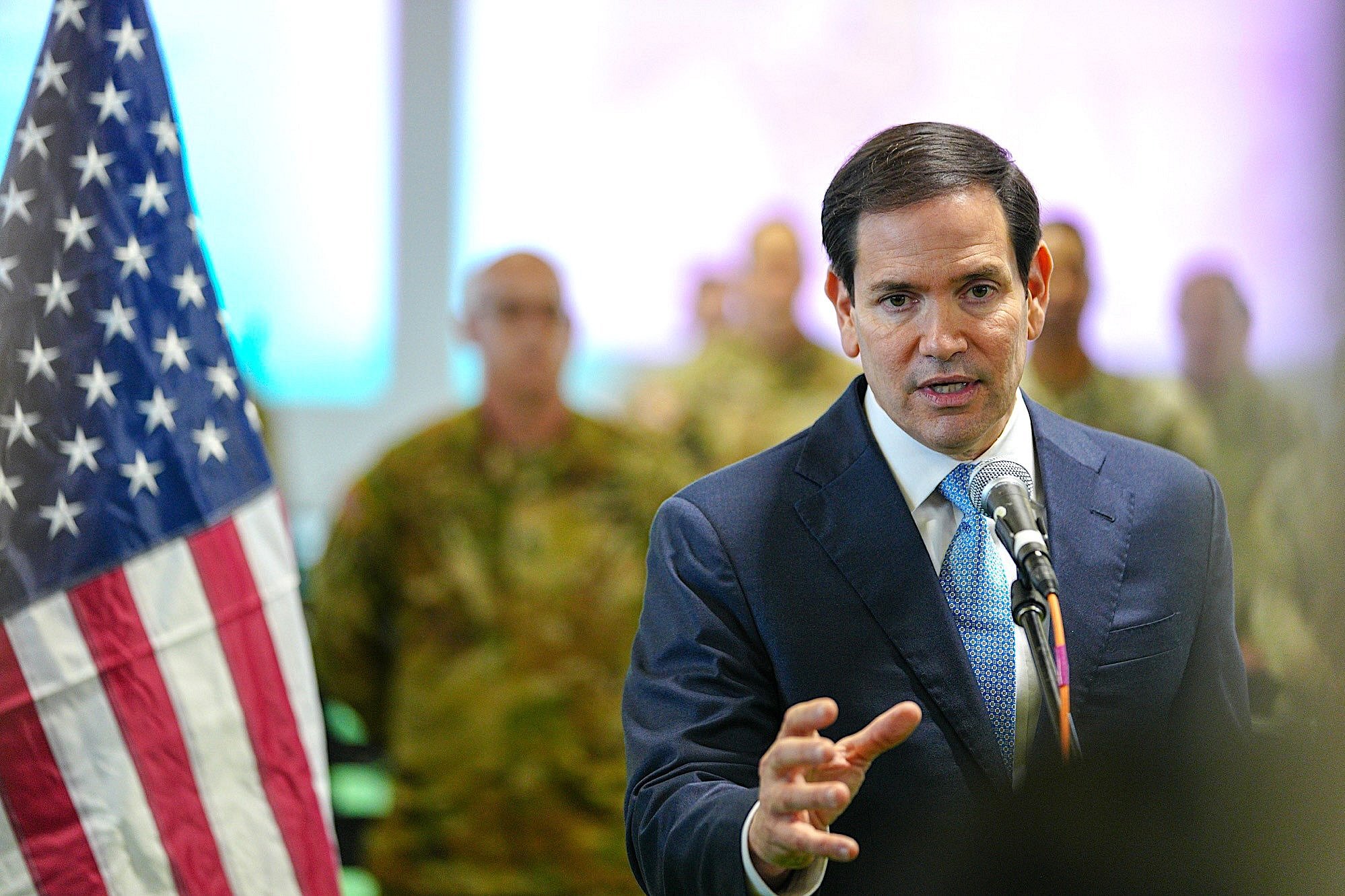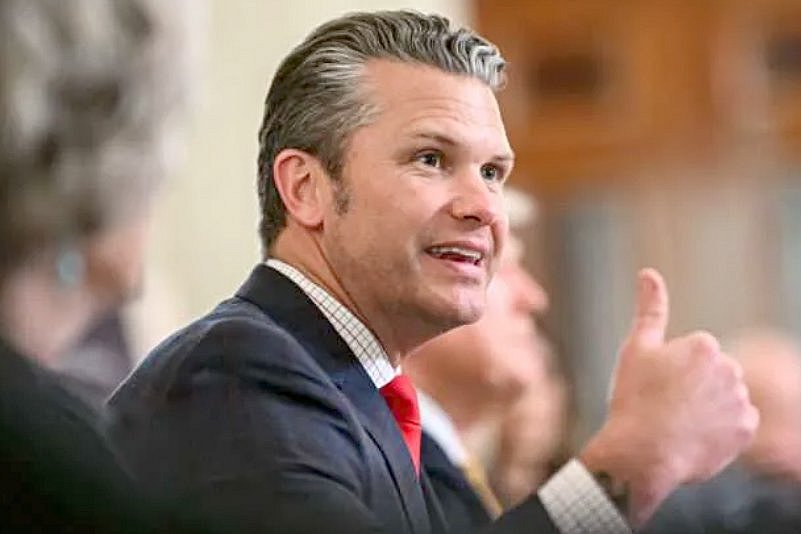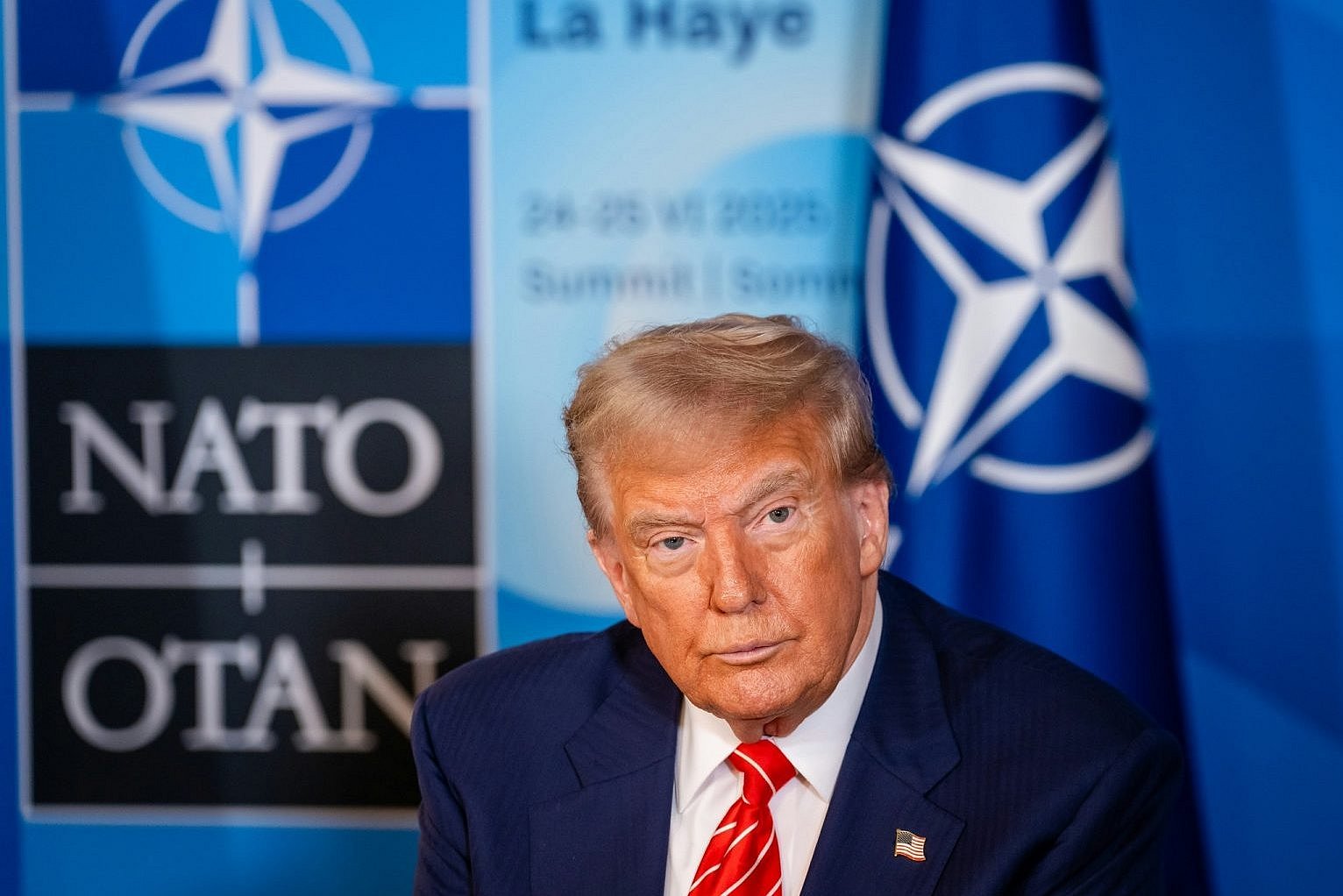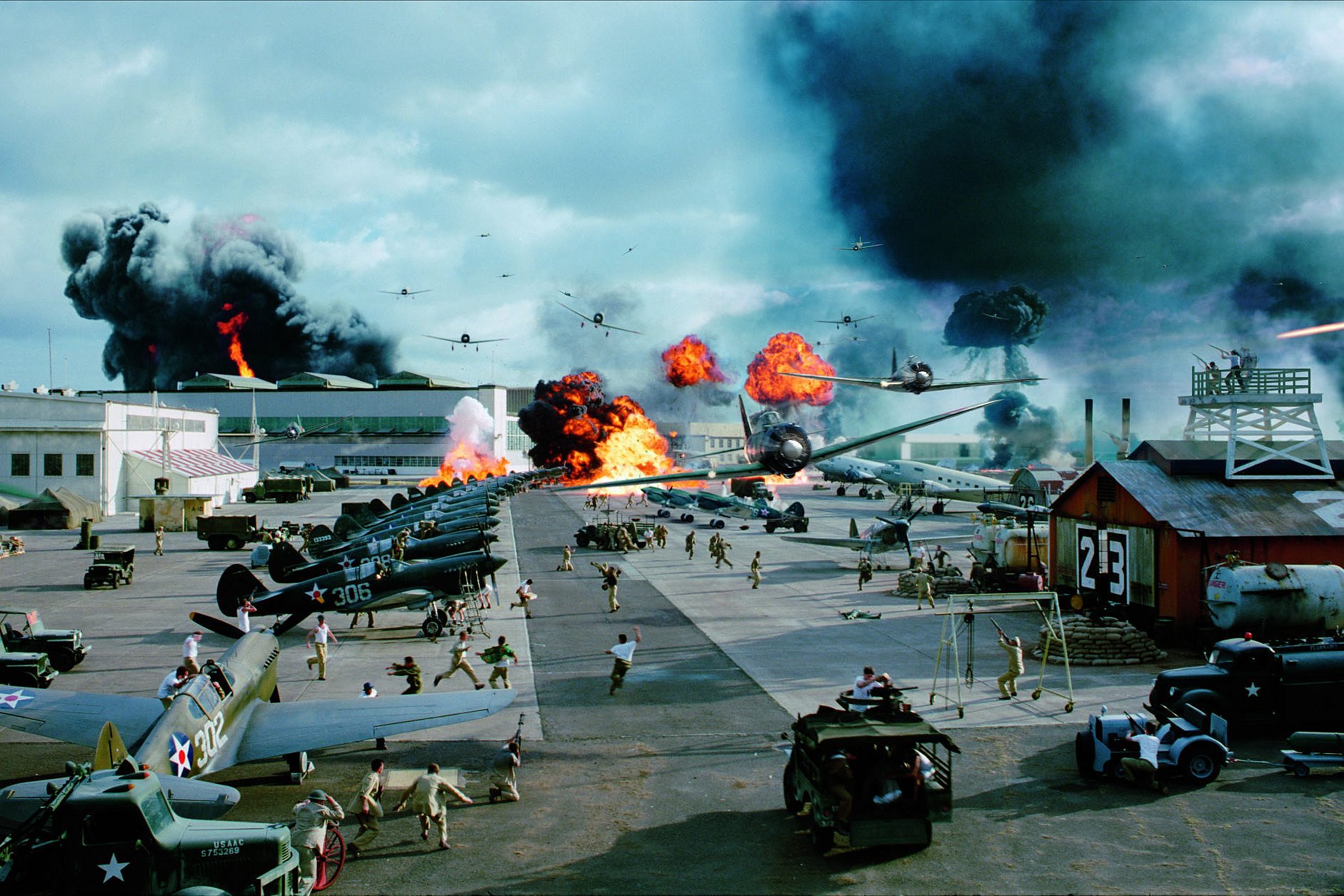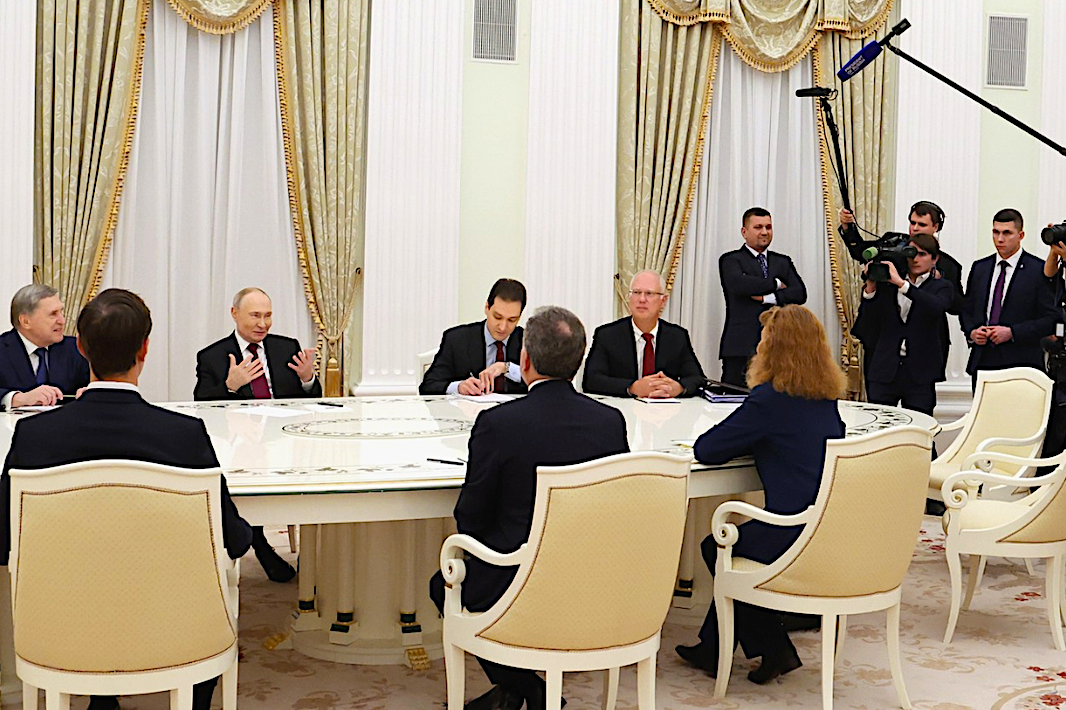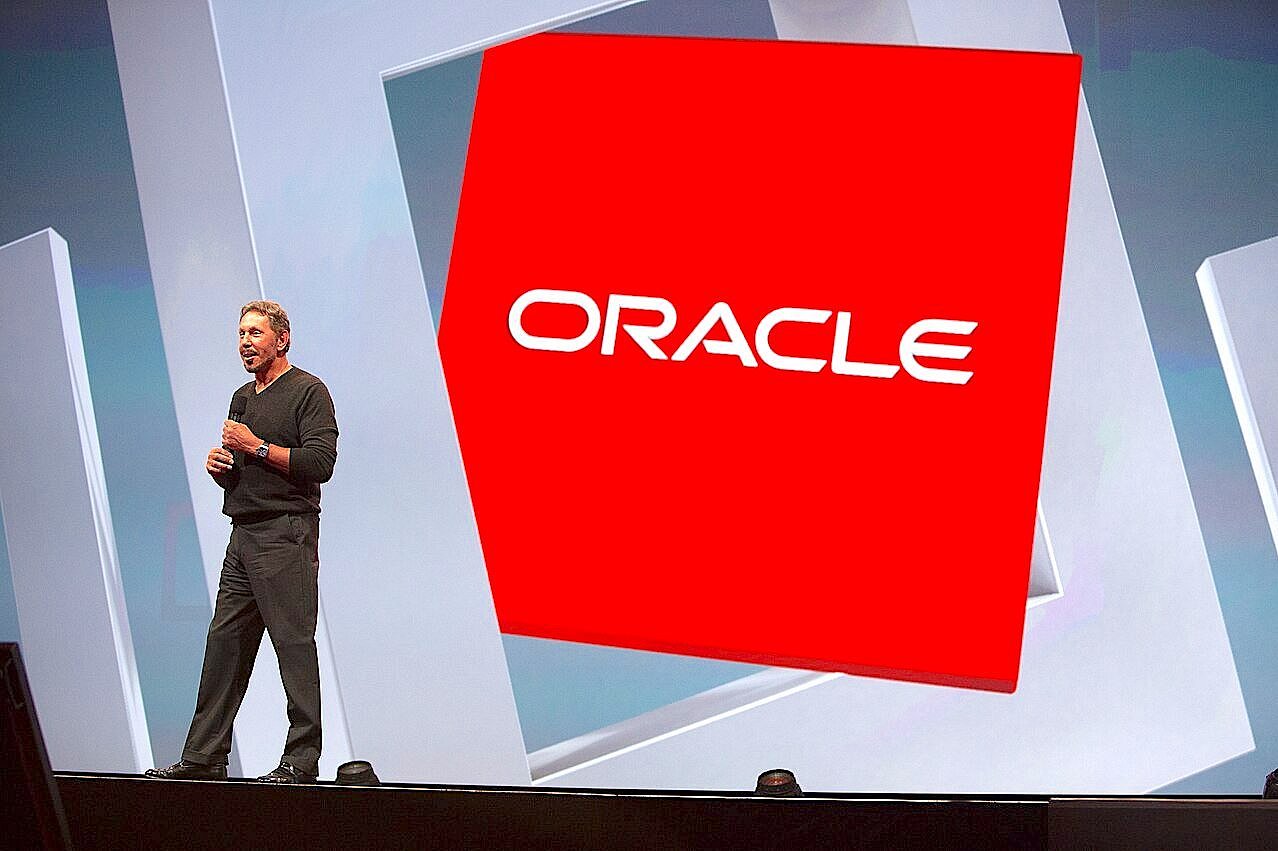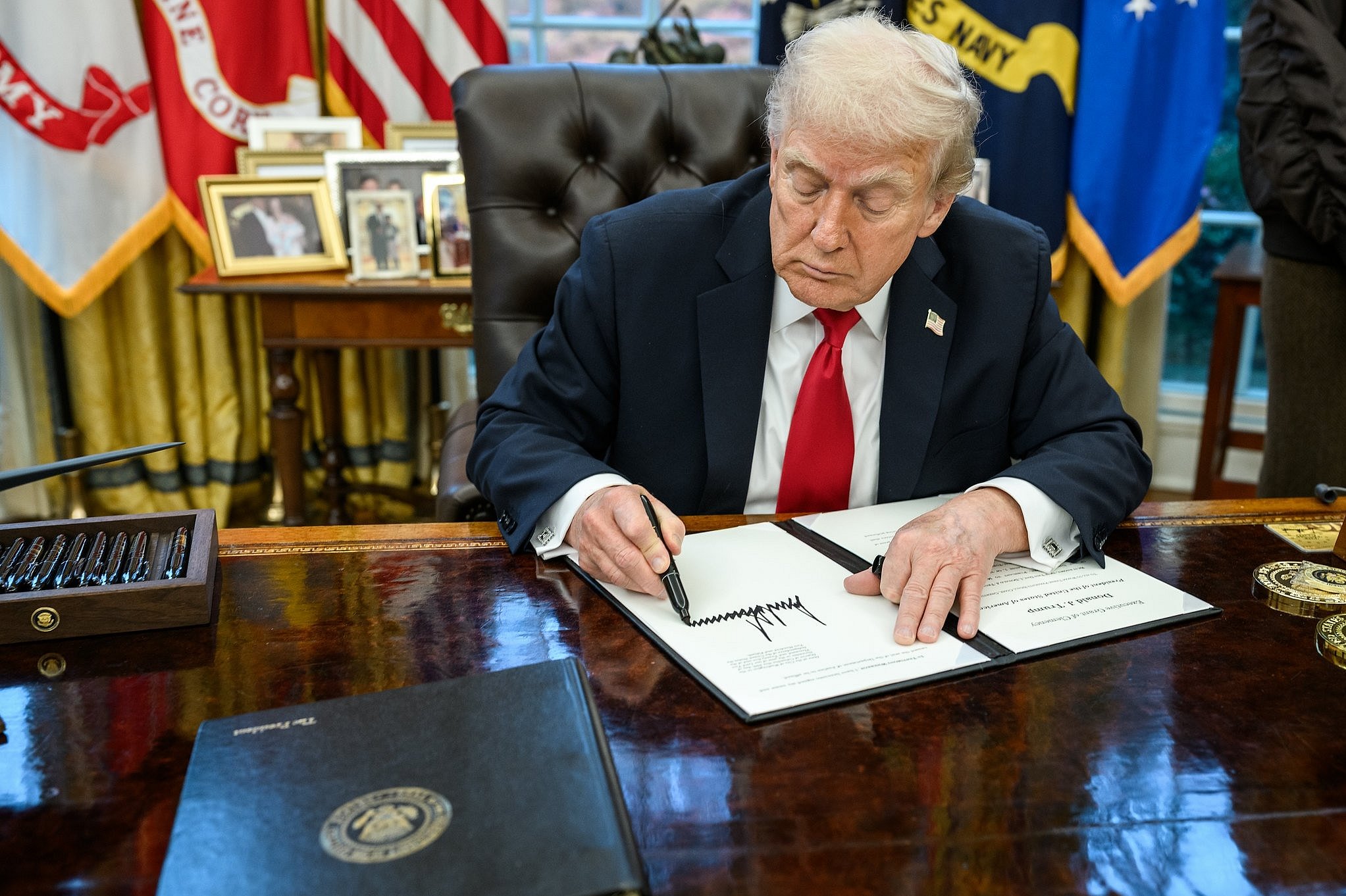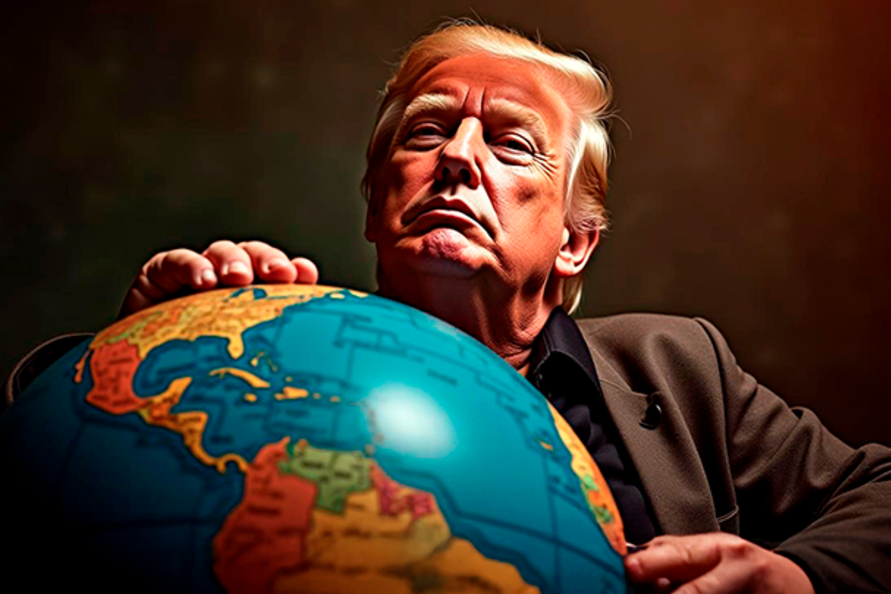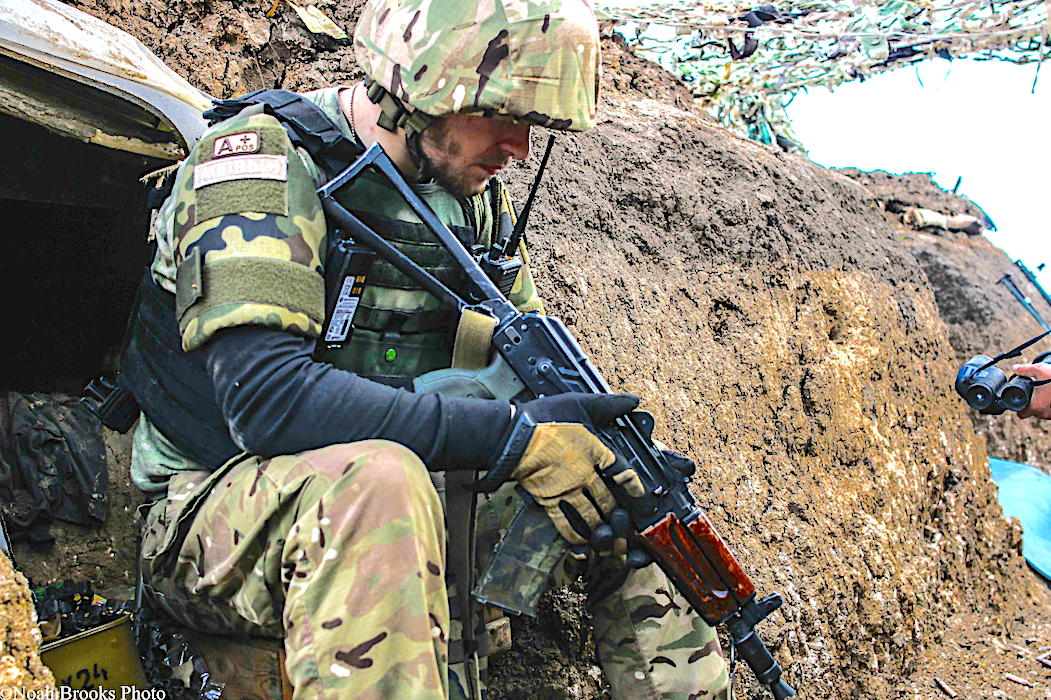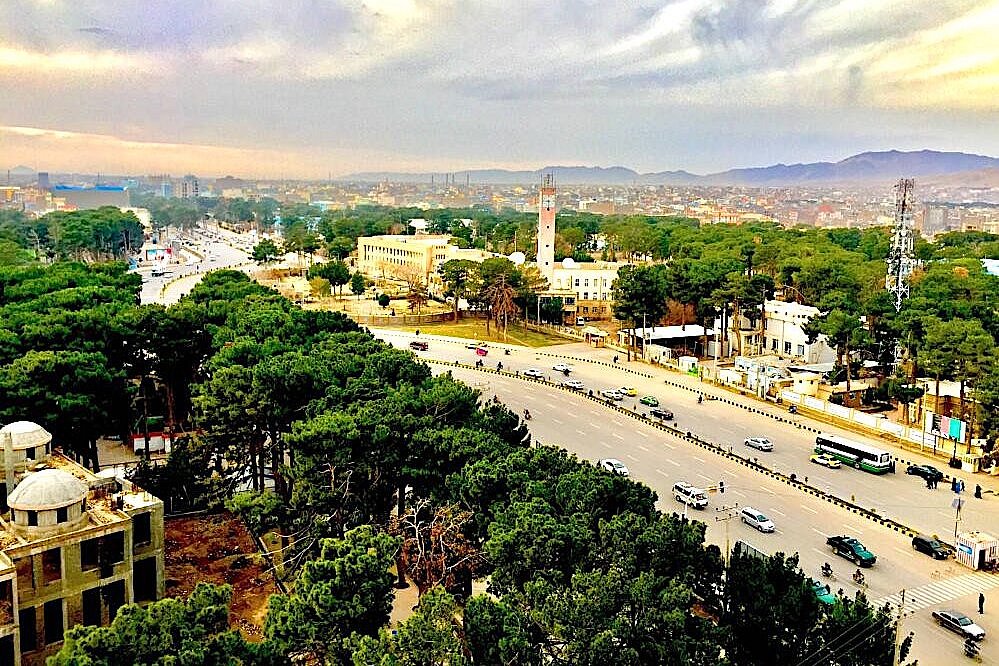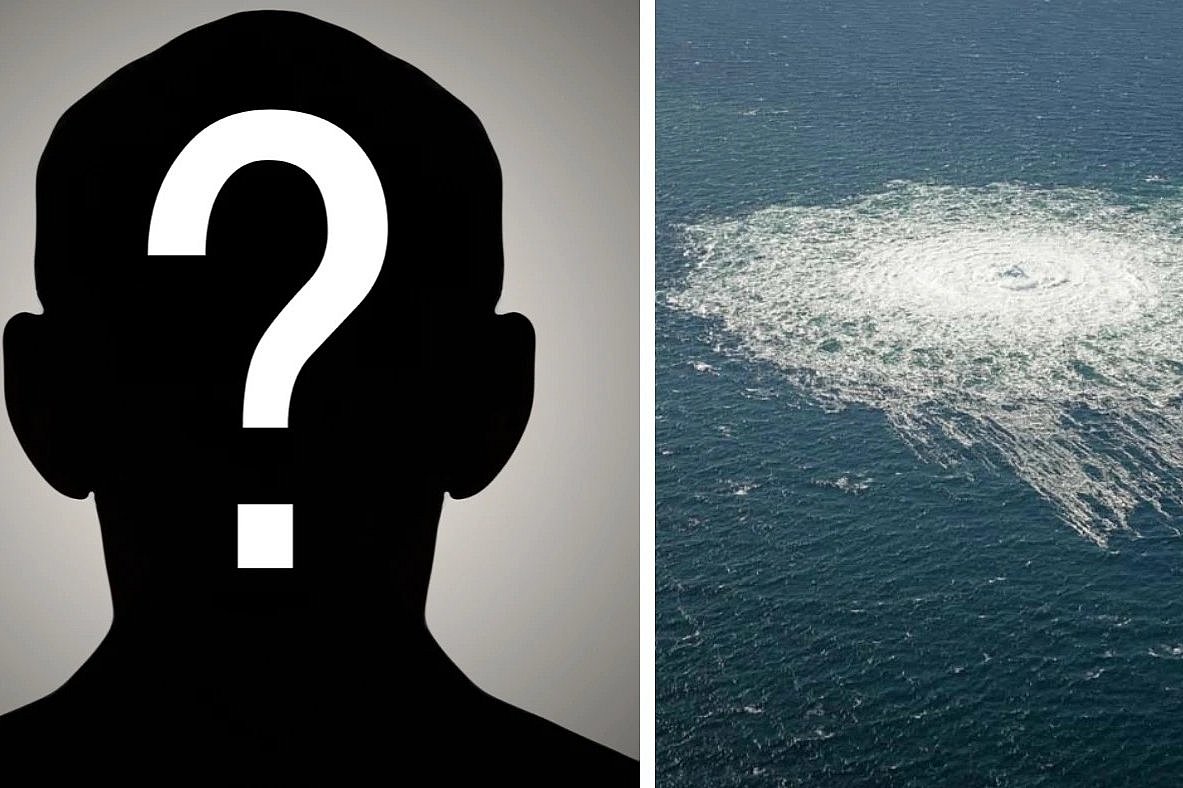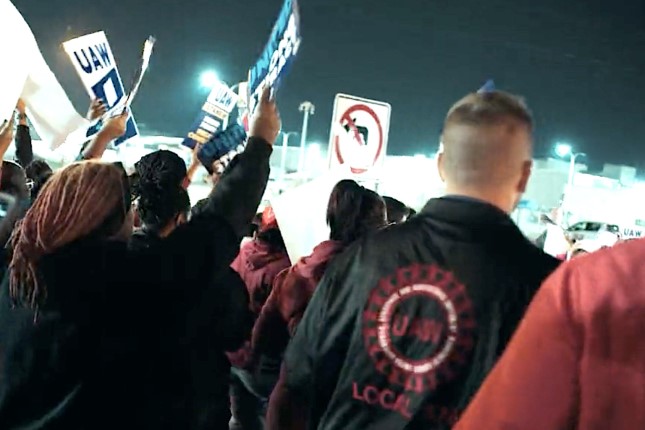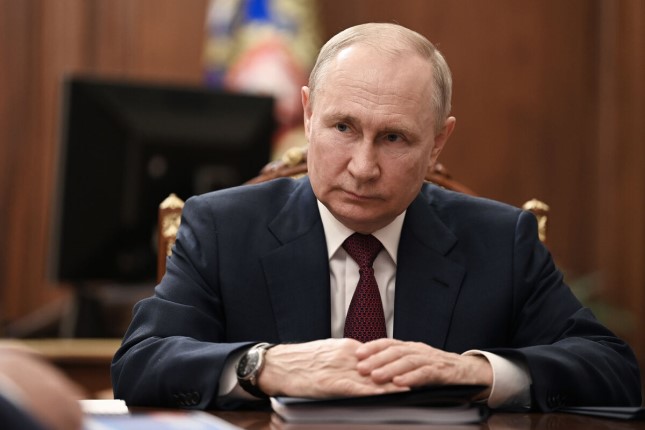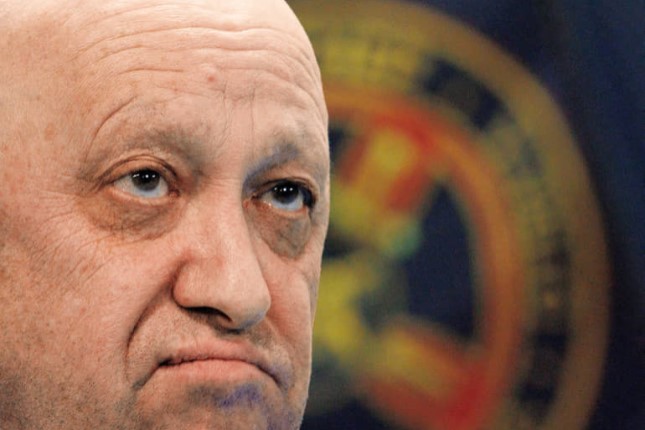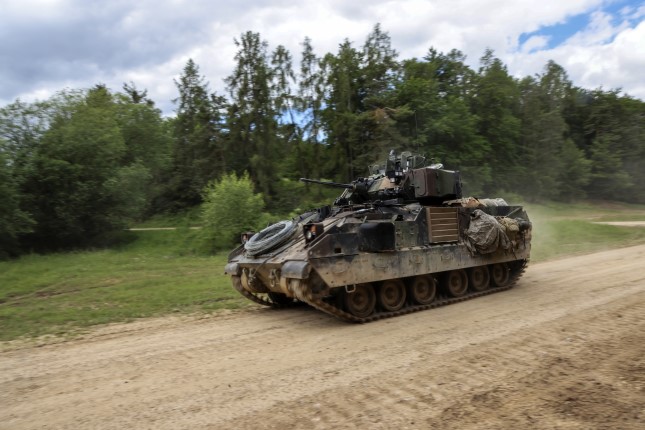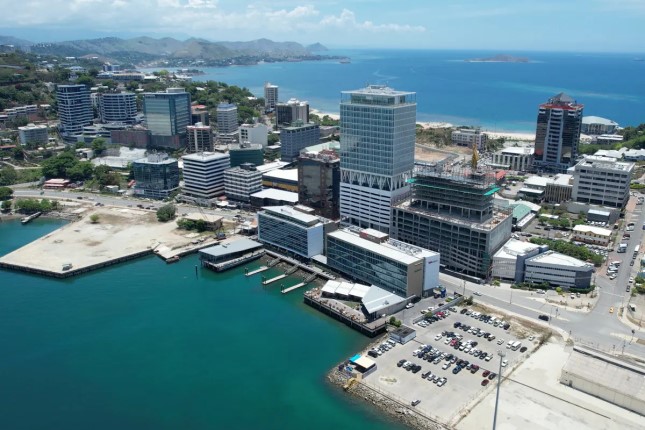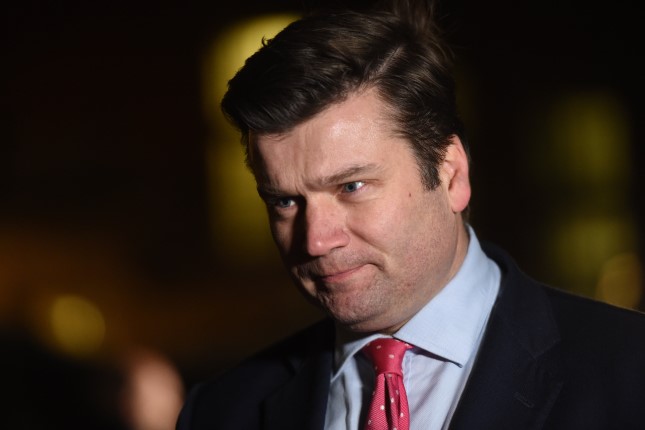US President Joe Biden, together with British and Australian prime ministers Rishi Sunak and Anthony Albanese, gathered in San Diego yesterday to announce the next stage of their militarist AUKUS pact. Australia will purchase nuclear-powered Virginia-class submarines from the US, before building a British-designed Astute fleet adapted to American military technology.
The announcement was couched almost entirely in banalities. The submarine deal was about “friendship” between the three countries, the leaders claimed. Biden declared that the agreement was “showing how democracies can deliver … security and prosperity and not just for us, but for the entire world.”
The comments made it sound as though the countries were coming together to build benign and even beneficial civilian infrastructure. But Biden, Sunak and Albanese were not discussing a program to construct public schools or hospitals. They were talking about nuclear-powered attack submarines, which are among the most advanced and potent offensive weapons systems in the world.
Unlike conventionally powered submarines, they can travel vast distances without refueling. They are faster, quieter and more capable of evading enemy forces.
The submarines are to stalk and menace the entire Indo-Pacific. In the days leading up to the announcement, the details were leaked. The Australian press preemptively celebrated that the country would no longer be a “middle-order power.” As one militarist commentator in the Sydney Morning Herald wrote last week, only countries that are seeking to “project power” far “beyond their shores” make such an acquisition.
The same commentator noted: “Nuclear-powered submarines will allow the Australian Navy to reach as far as the South China Sea and the East China Sea. And why would we want to do that? Albanese will not say so explicitly, but the fundamental reason is the important role they could play in a potential war with Australia’s biggest trading partner—China.”
Albanese may not have said it, but Sunak effectively did. Just hours before meeting with the Australian prime minister, Sunak declared that China had “fundamentally different values to ours” and was “increasingly authoritarian at home and assertive abroad.”
Sunak said that China was “interested in reshaping the world order and that’s the crux of it.” In response, Britain and its allies were “ready to stand our ground” as “competition between states becomes more intense.” The ensuing conflict, spanning “our national defences, from economic security to technology supply chains and intelligence expertise,” would be “epoch-defining.”
In plain language, Sunak was describing plans for a world war that would be aimed at defending the existing “world order,” i.e., the global dominance of American imperialism and its allies. Amid a protracted decline of American capitalism, the economic rise of China, and its increasingly pivotal role in key sectors such as technologies of the future, is viewed as an unacceptable threat by Washington’s strategists.
The proxy war against Russia in Ukraine, stoked, prepared and escalated by the aggressive actions of American imperialism over decades, is viewed by such strategists as an essential prelude to conflict with China. The aim is to inflict a major military defeat on Russia, to clear the ground for an even greater war with China that would be aimed at securing dominance over the strategically crucial Eurasian landmass and its vast natural and human resources.
In Europe, this involves the rapid expansion of NATO and other US-led alliances. In the Indo-Pacific, AUKUS is the centerpiece of a web of offensive military pacts brokered by Washington and its allies, including Australia. Unveiled in September 2021, without have previously been publicly discussed even in the Australian and British parliaments, or the US Congress, its explicit aim is to militarise the Indo-Pacific in preparation for conflict.
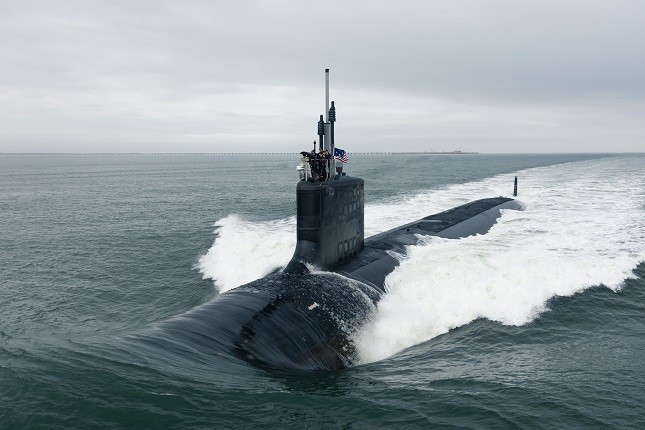
USS Virginia-class multi-purpose nuclear submarine USS Indiana.
This perspective was reflected in the venue chosen for the announcement. San Diego was selected because it hosts the largest West Coast military and naval bases in the US. The 32nd Street Naval Base or Navy Base San Diego is the homeport of the Pacific Fleet of the US Navy, while Camp Pendleton Military Base hosts the 1st Marine Division.
Under the deal, Australia will acquire between three and five US Virginia-class submarines off the shelf. They will arrive in the country in the early 2030s. Then, later in that decade, construction will begin in the UK and Australia of an updated design of the British Astute-Class nuclear submarines. They will be based upon American military technology.
The new Astute vessels have been presented as the opportunity for an unprecedented integration of US, British and Australian military development. Standing alongside Biden, Albanese stated, “This is the first time in 65 years, and only the second time in history, that the United States has shared its nuclear propulsion technology, and we thank you for it.”
There is an obvious contradiction in the announcement and the rapturous response of the militarist press, in the US and Australia. Top military officials have declared that a war with China will be fought, not in decades but in years. At the beginning of 2023, US Air Force General Michael Minihan forecast that America would be at war with China by 2025.
In Australia, there have been warnings of a “capability gap” stemming from the antiquated character of its existing fleet of diesel-powered Collins-Class submarines. But the Labor government appears to have backed out of earlier suggestions that it would provide an update to the Collins fleet while awaiting nuclear subs.
Neither of these issues then, the imminence of war or Australia’s “capability gap,” appears to be resolved by the announcement.
The actual solution, hinted at, but not spelled out, is that Australia will very rapidly become the base for US nuclear-powered submarines, completing the country’s transformation into a massive aircraft carrier for the American military. At the same time, Australia has been called on to subsidize the increasingly crisis-ridden US military manufacturing base.
Under the official announcement, up to four US nuclear-powered submarines and one British vessel will begin “rotational deployments” to Australia in 2027. But the Murdoch-owned Australian newspaper indicated a much shorter actual timeline.
“The multi-stage plan begins this year, with more US nuclear submarine visits to Australia,” it stated. This would purportedly be aimed at “training” future Australian submarine crewmen. But it also provides the US fleet of subs with an effective Australian base, something that successive US administrations have angled for.
That basing will form just one aspect of a far broader deployment of American military assets to Australia. Late last year, it was revealed that the Albanese government had secretly allowed US nuclear-capable B-52 bombers to be stationed in Northern Australia.
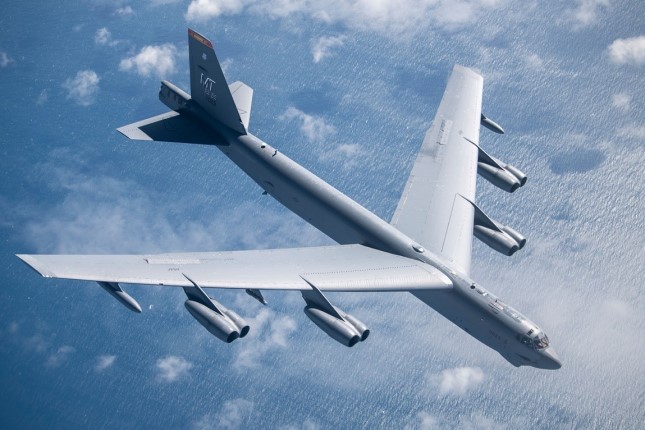
The Boeing B-52 Stratofortress is an American long-range, subsonic, jet-powered strategic bomber.
At Australia-United States Ministerial Consultations last December, the Labor government agreed to expand the “rotational presence of US capabilities in Australia, across air, land, and maritime domains. This would include US Bomber Task Force rotations, fighters, and future rotations of US Navy and US Army capabilities.” That is, across every conceivable military area.
In the US-aligned think tanks, it is openly discussed that this redeployment of US assets, including strike power, is motivated by the imminence of war. The hardware and personnel are being transferred to Australia, because it is further from the Chinese mainland than US bases such as Guam, which could be obliterated by medium or short-range missiles.
More broadly, the militarisation of Australia is central to the strategy of “Air Sea Battle” mapped out by the Pentagon. In a war with China, Australia would play the role of a “southern anchor.” It would be a launching pad for offensive operations throughout the region, including against mainland China. And it would enforce a naval blockade of key shipping routes upon which China relies for the bulk of its trade.
The implications of this strategy were made plain last week by a “Red alert” series published in the Sydney Morning Herald and the Age, two of Australia’s largest newspapers. Based on the statements of US and Australian-funded war hawks, the series declared that Australia needed to prepare to wage a war against China within three years. It was necessary to station nuclear weapons in northern Australia, to impose mass conscription into the military and to place the entire country on a war footing.
The San Diego announcement represents a further step forward in this program. In addition to heightening the risk of war, it will serve as an impetus for attacks on democratic rights, targeting anti-war opposition, and stepped-up austerity.
The total cost of the submarine acquisition to Australia is now forecast to be $268 billion. That appears to be on top of already announced military spending this decade, which exceeds half a trillion dollars. The funding includes three to four billion in direct cash handouts from the Australian government to US military manufacturers.
Already, Albanese and other government ministers have declared that there will be a “tough conversation” with the public about spending cuts required to finance the military build-up.
In its own way, this points to the relationship between the growing struggles by workers against cuts to their wages and conditions, and the necessity for a fight against war. It is the working class that will pay for war, not only in the vast diversion of social resources to the military apparatus, but in the global catastrophe that a conflict between the nuclear-armed US and China would represent.
Main photo: British Prime Minister Rishi Sunak, right, meets with US President Joe Biden and Prime Minister of Australia Anthony Albanese at Point Loma naval base in San Diego, US, on March 13, 2023 © AP Photo / Stefan Rousseau.
Source: World Socialist Web Site.
